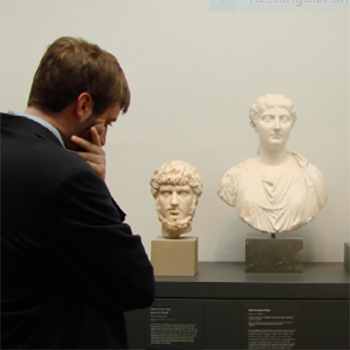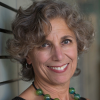
Study Center Learning
PUBLISHED:AUTHORS: Shari Tishman, Alythea McKinney, Celka Straughn
Resource Summary
The Harvard University Art Museums (HUAM) currently have two active study centers. The Agnes Mongan Center for the Study of Prints, Drawings, and Photographs specializes in works on paper from the collection of the Fogg Art Museum. The Study Room of the Busch-Reisinger Museum brings together works on paper as well as small-scale sculpture, decorative arts, and research materials on modern art and design. More dynamic, participatory, and self-directed than visits to the museum galleries, study center experiences allow visitors to view a far greater variety of objects than appear on display in the galleries and to focus on works specific to their individual interests. Although the Arthur M. Sackler Museum, which focuses on Ancient, Asian, Islamic, and Later Indian art, doesn’t currently have space for a study center, it partakes of the study center spirit; by arrangement it, too, makes works in its collection that are not on display available to classes and visitors who wish to view them. The historic building at 32 Quincy Street, the site of the Fogg and Busch-Reisinger Museums, will close for extensive renovations in June of 2008. When the building reopens, it will house all three museums, along with study centers for each of the collections.
Though they were originally designed with specialists in mind, the HUAM study centers have always been open to the public. Their design was derived from a methodology of connoisseurship and they offered scholars and collectors quiet, well-lit spaces for the intimate study primarily of prints and drawings. The study centers are viewed by many as a jewel in the crown of the Art Museums. Most obviously, they are portals to an exceptional collection. But beyond that, they are also exceptional learning environments—rare places where visitors can immerse themselves in prolonged, intimate, and often profound experiences with original works of art.
Use the Resource Links on the right to download the full article.


-
-
-
-
-
-
Support PZ's Reach